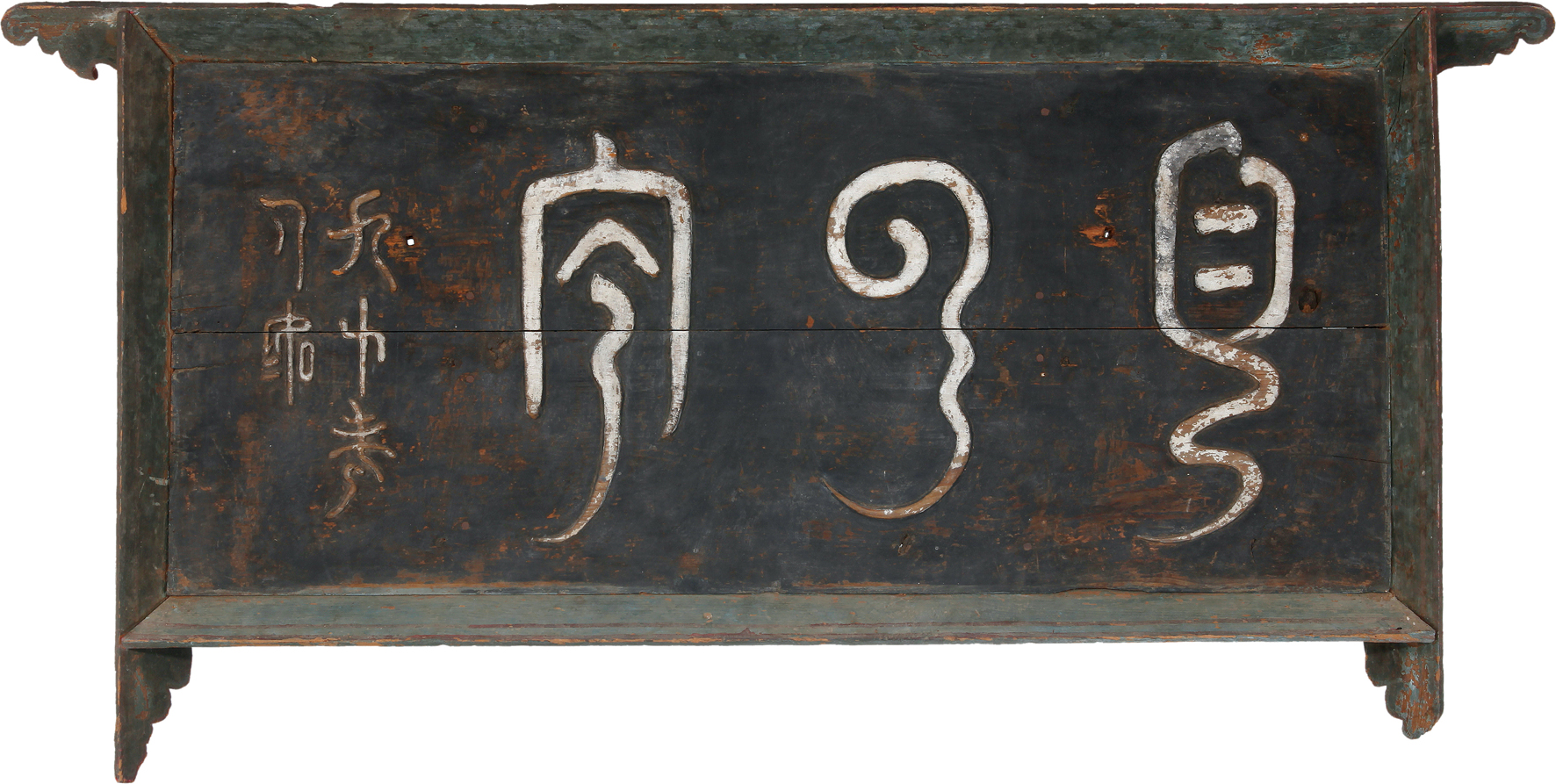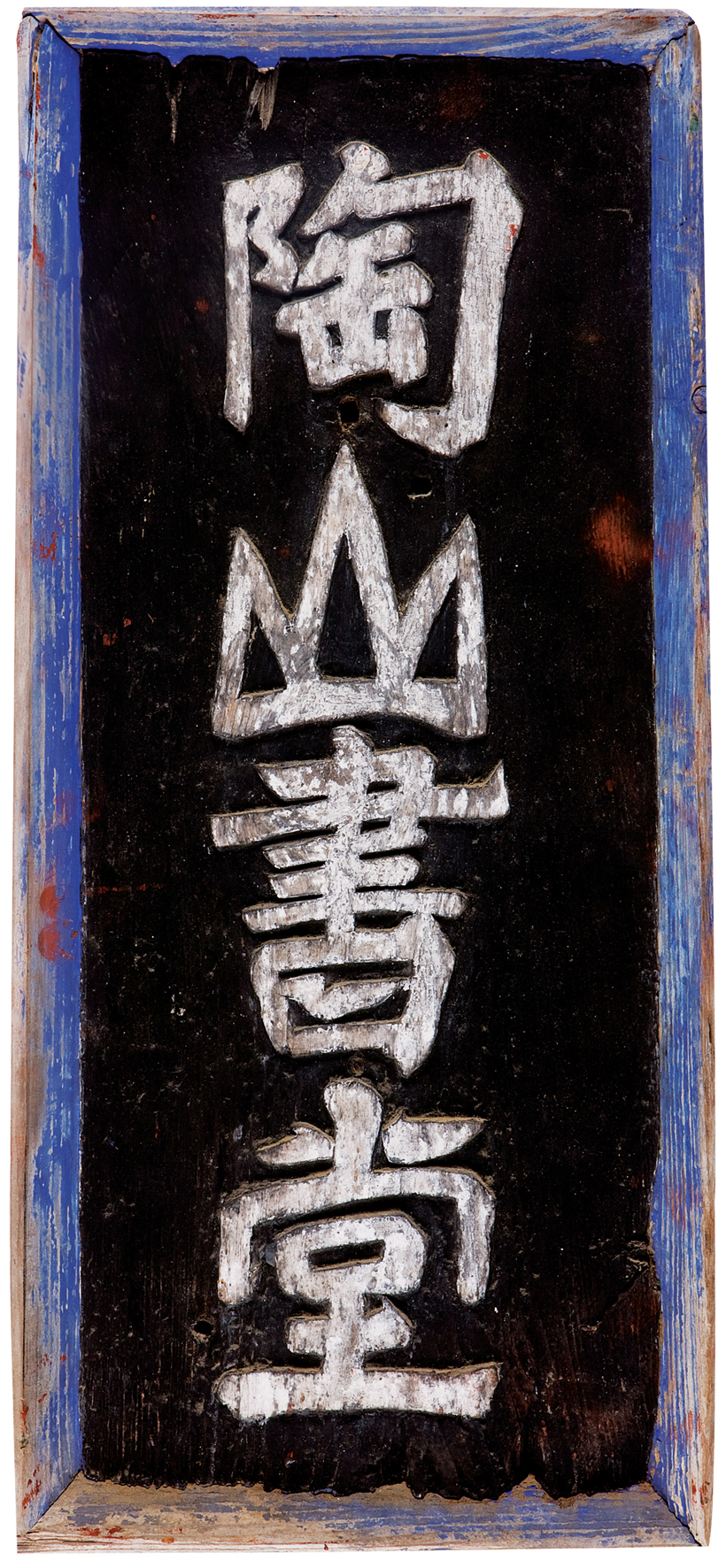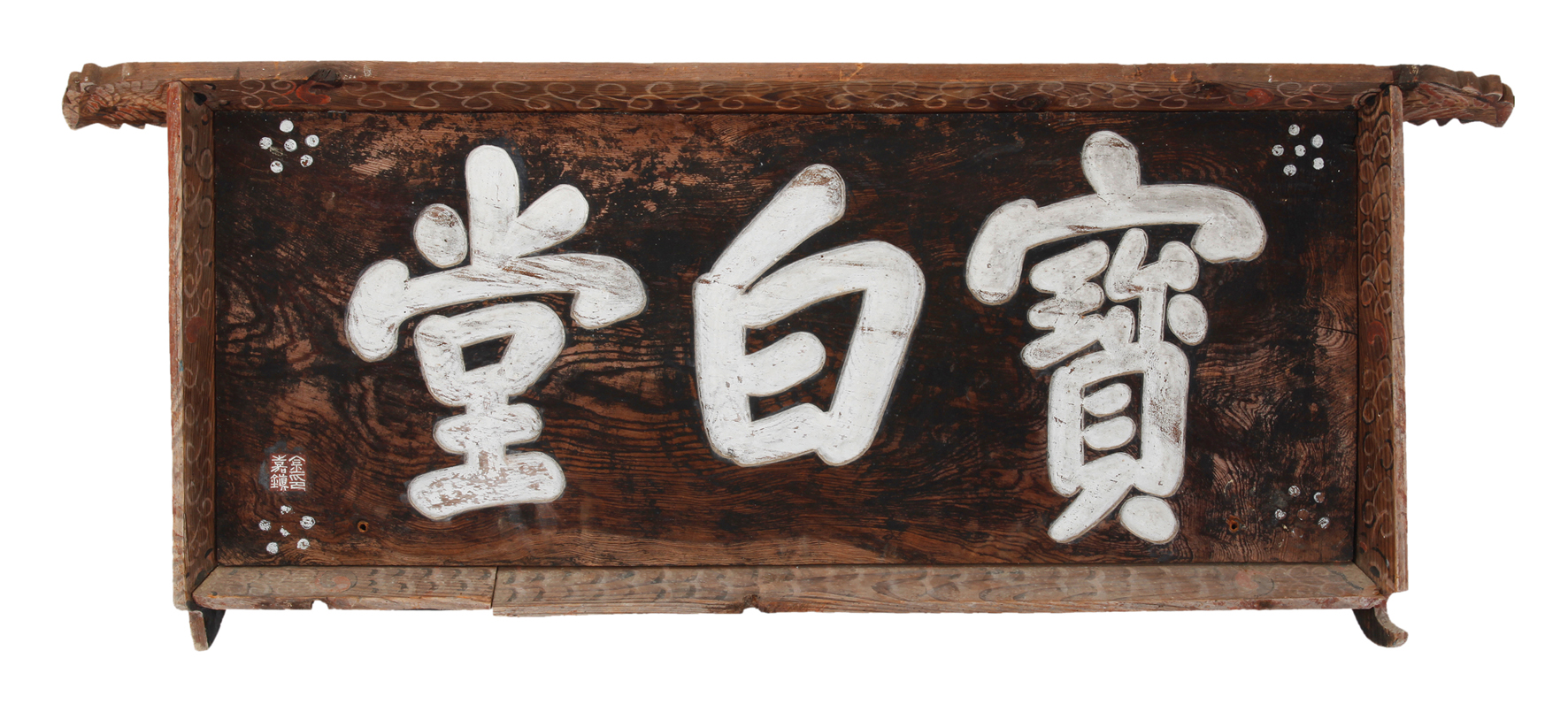
Pyeon-aek: Hanging Wooden Plaques in Korea
Republic of Korea - Korean Studies Institute (KSI)
Story
The wooden plaques are hand carved and were hung at the centre of a traditional Korean building. The 550 unique plaques, cared for at The Korean Studies Institute (KSI), were produced from the 16th century to the 20th century and entrusted to the Institute’s care by clan families and Confucian academies. The industrialisation of Korea from 1960 has resulted in the disappearance of the traditional buildings on which wooden plaques were usually hung, and those that remained were at risk of damage or theft if left on the outside of buildings.
The inscriptions on the plaques are relevant to the different types of building on which they hung. Those on residential buildings were inscribed with ancestor’s moral values, those on memorial buildings commemorated ancestors learning and virtues, those on education buildings were inscribed with letters of educational ideology, and those on meditation rooms reflected the contemplative lives of virtuous scholars (seonbi).
The letters used are the artwork of kings, famous calligraphers, literary people and seonbi and form a distinctive calligraphic genre. Cultural exchanges between Korea, China, Japan and Vietnam over the period also had an impact on the calligraphies used on the plaques and they are representative of the styles of Eastern Asia as well as Korea.
The plaques represent the spiritual world, ideals and character of seonbi during the Joseon dynasty (1392-1897) and reflect their moral world and values such as filial duty and passion for and confidence in academic learning. They incorporate the artistic values of calligraphy with the Confucian view of human spirituality.
Images
Location
Information
- Registration Year:
2016
- Related Repositories
- The Korean Studies Institute (KSI)
- Download
- Nomination Form









